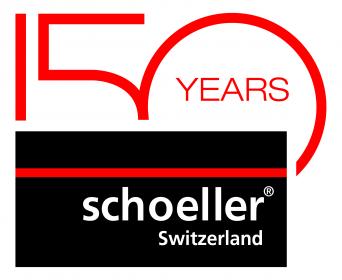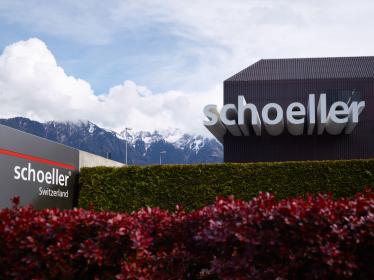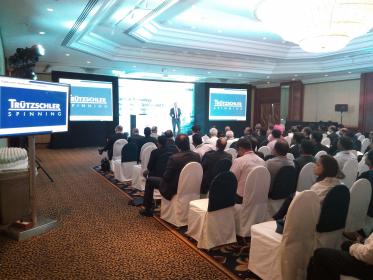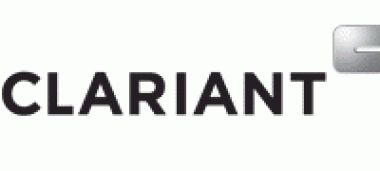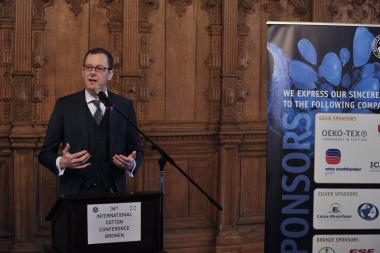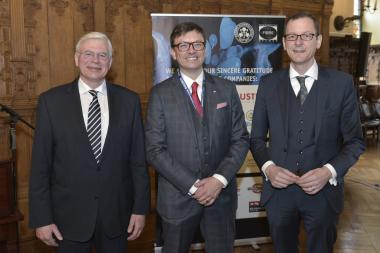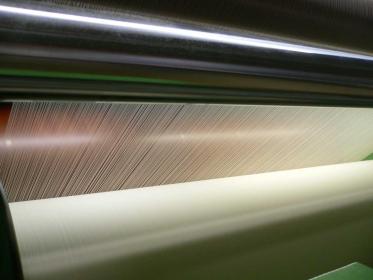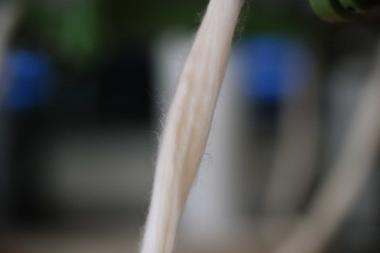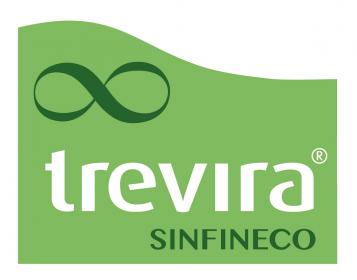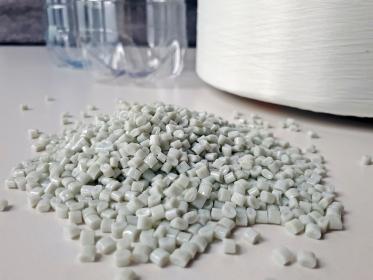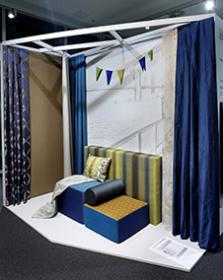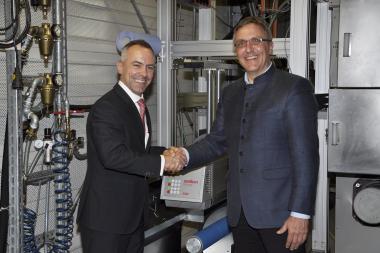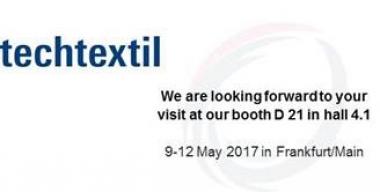Schoeller Celebrates 150 Years of Textile History and Successful Research in Performance Textiles
This year Swiss company Schoeller Textil AG, is celebrating 150 years of tradition and future opportunities. As a global textile solutions brand, the company specializes in the development and production of innovative technical fabrics and smart textile finishing technologies. What began as Switzerland’s first worsted yarn spinning mill in 1868, has achieved worldwide recognition for its high-tech textiles and its dedication to sustainability. For its more than 500 brand partners in 50 countries, Schoeller produces an average of over six million meters of performance textiles per year in its mills in Sevelen, Switzerland and Balingen, Germany.
When Rudolph Schoeller established what would be called “Schoeller & Sohne” in Zurich in 1868, it was within an age of ground-breaking achievement and progress inspired by the beginnings of the Swiss Red Cross and the completion of the Gotthard Tunnel in Switzerland. Schoeller quickly expanded its business and in 1954 went on to purchase a textile mill in Sevelen, located in the St. Gallen Rhine Valley, which currently serves as the company’s headquarters. That mill would soon launch the very first elastic fabric for the ski industry – or the world’s very first soft shell fabric – under the name “skifans.”
Schoeller Textil AG


